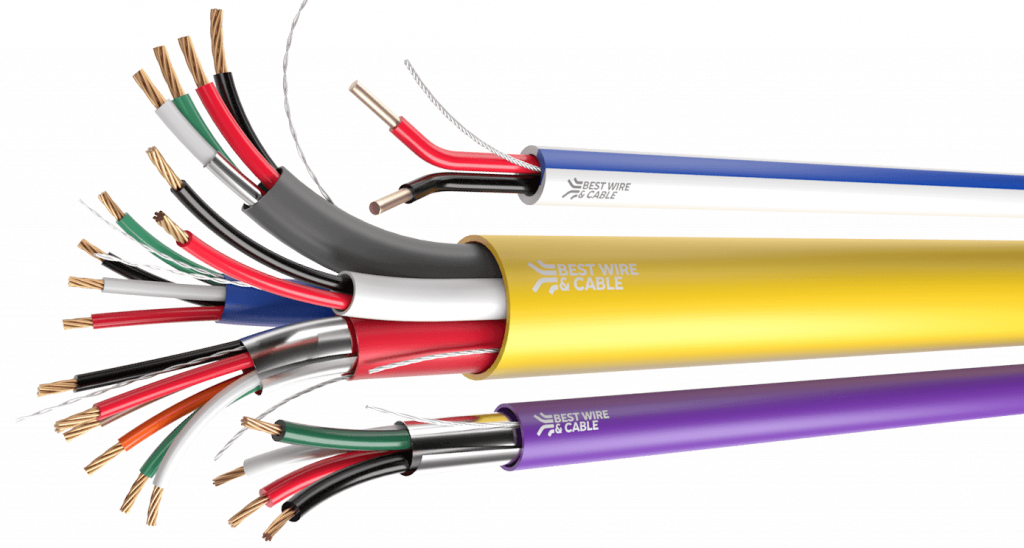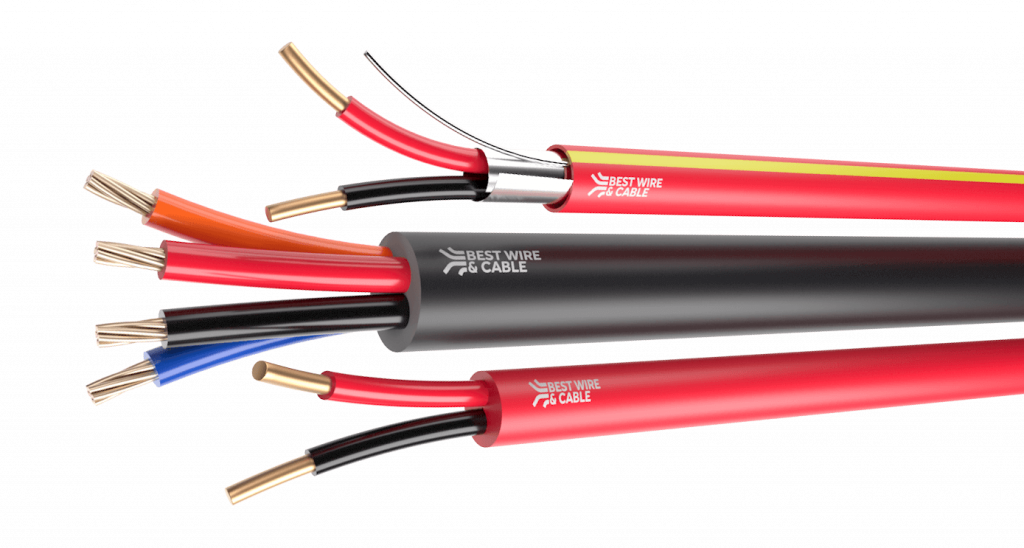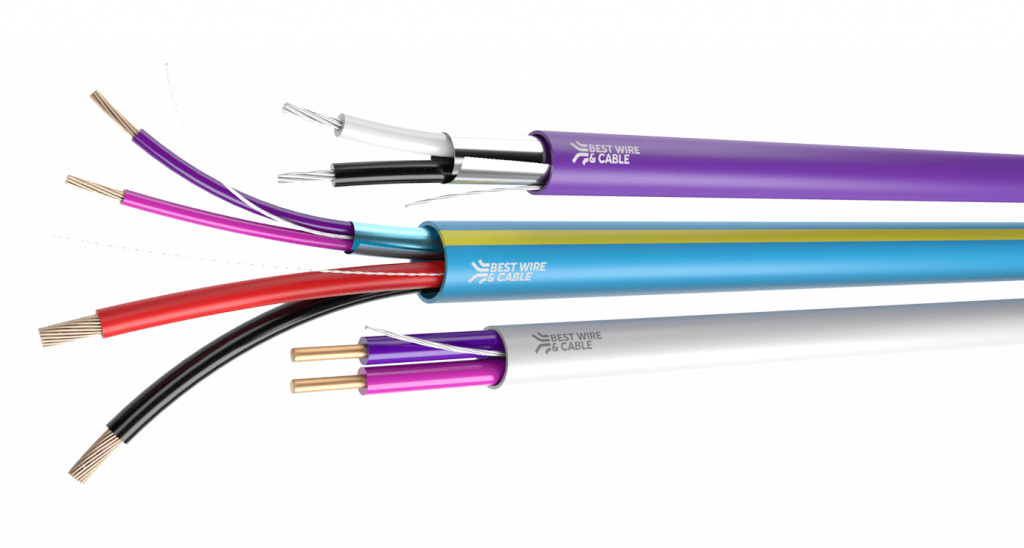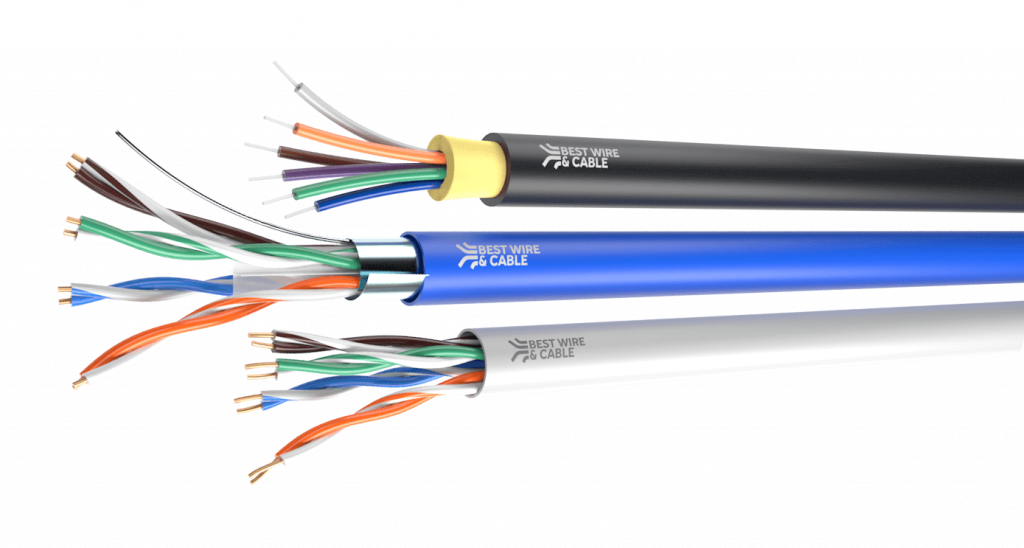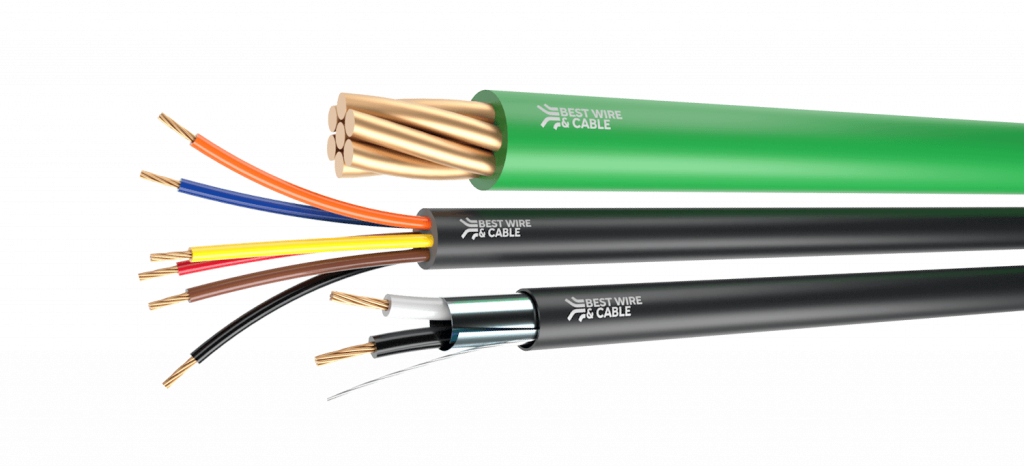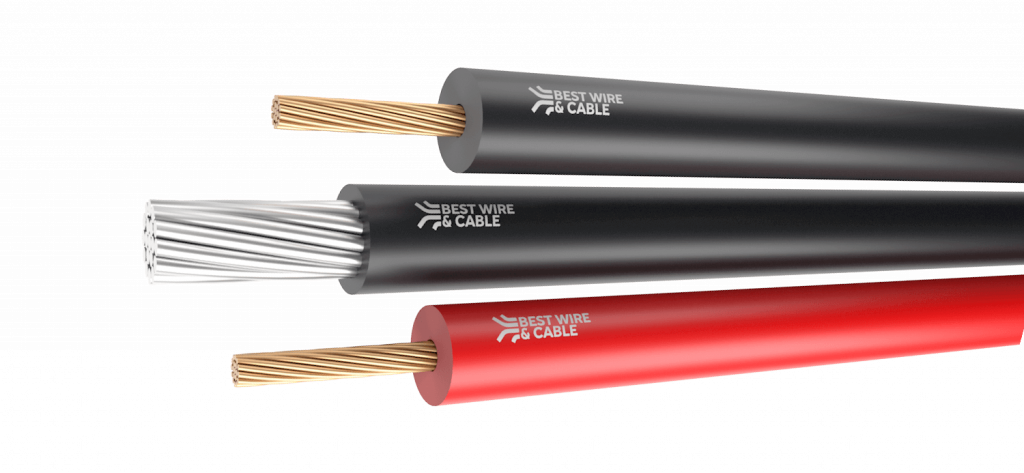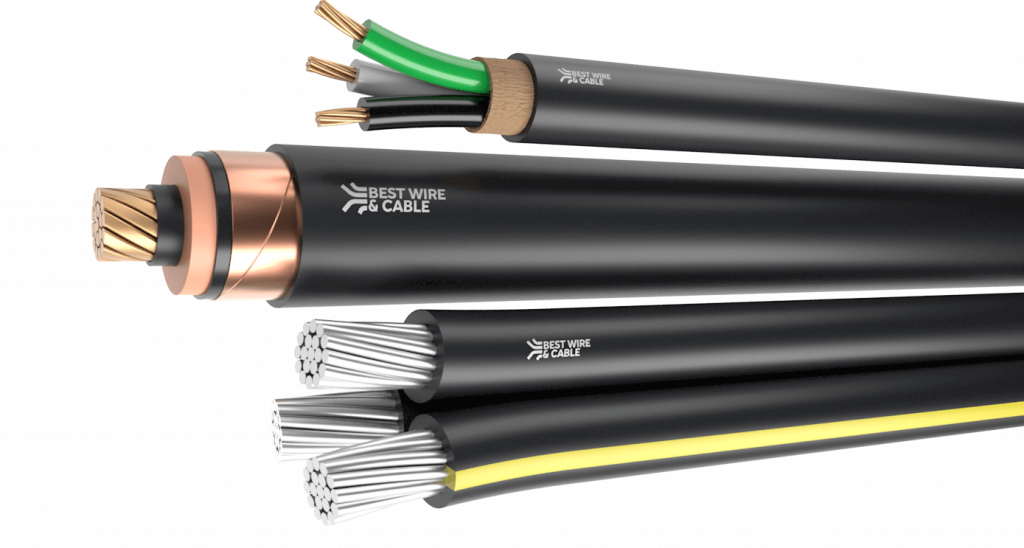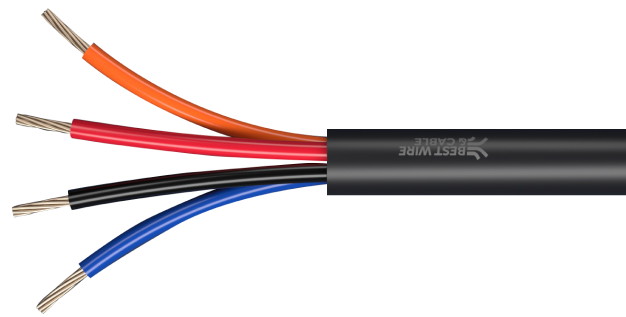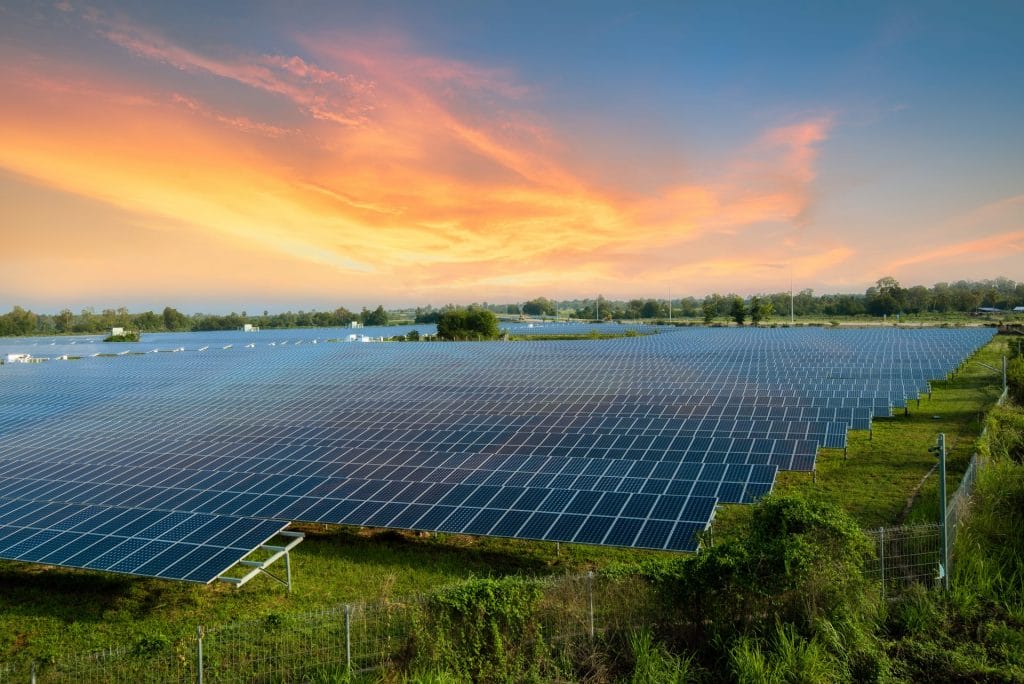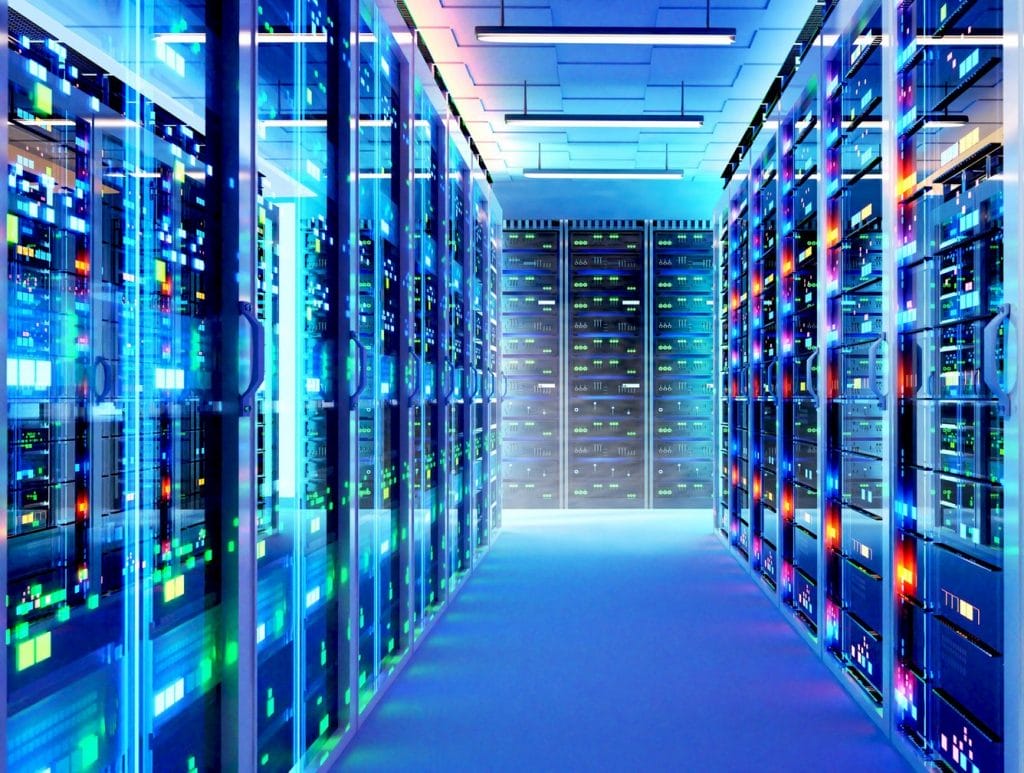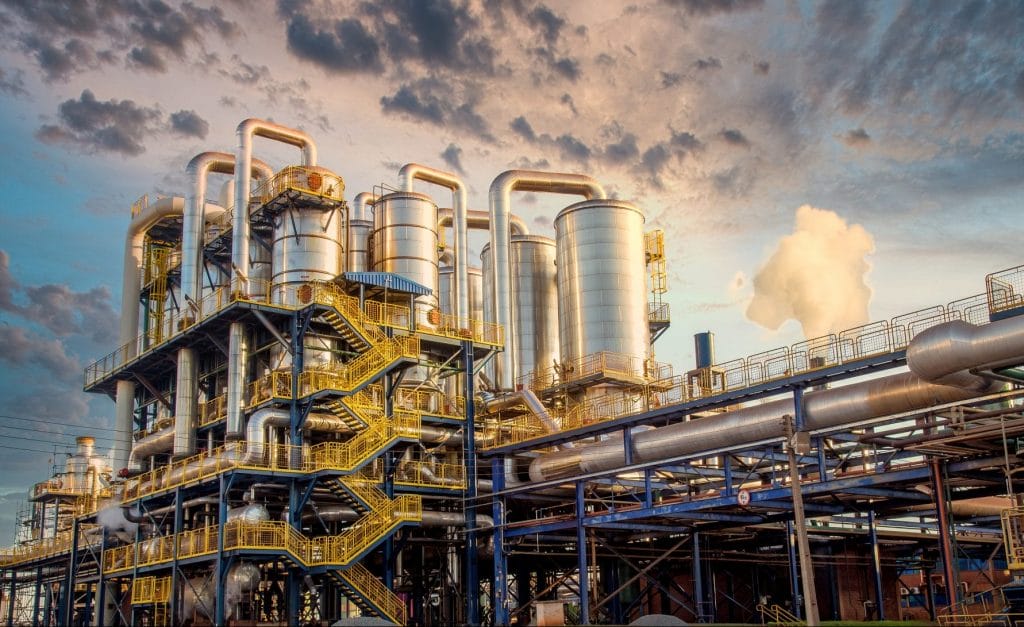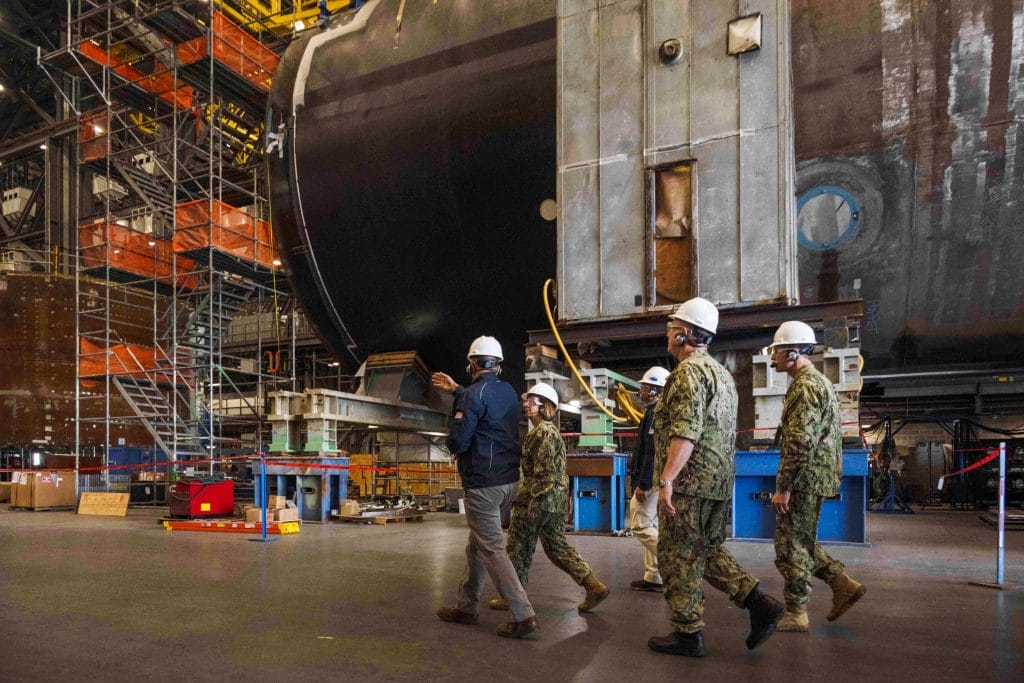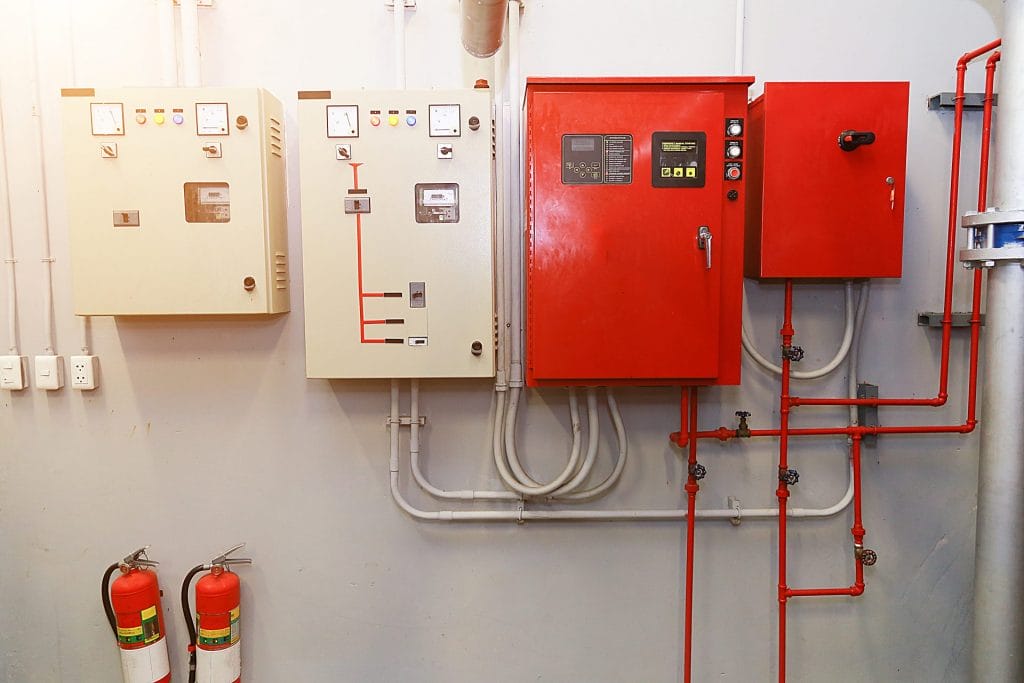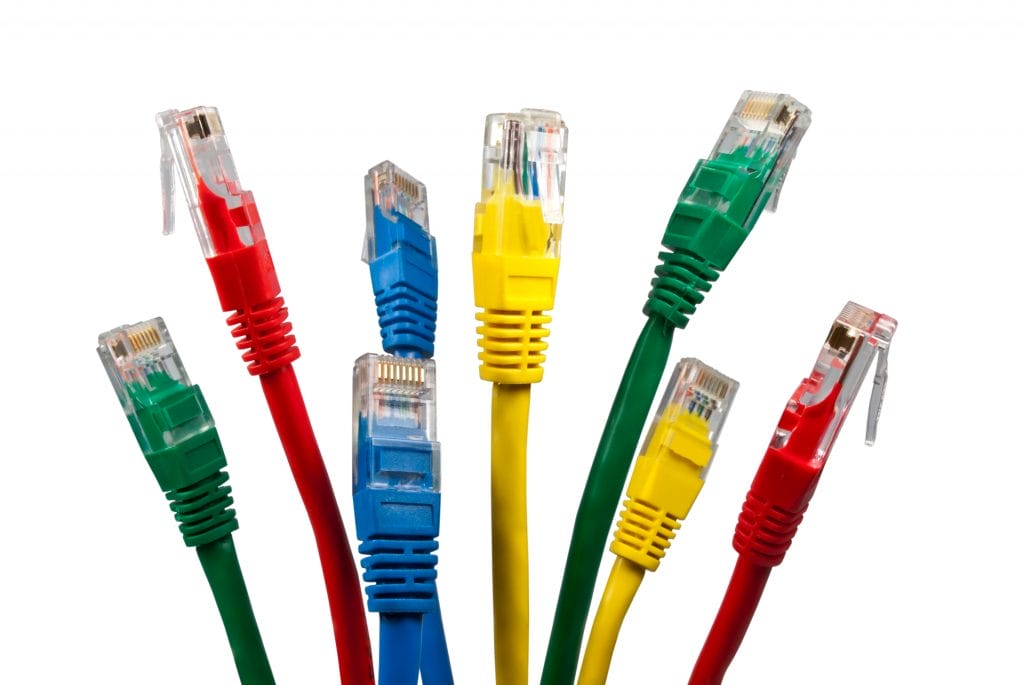Top Wire and Cable Industry Trends for 2025
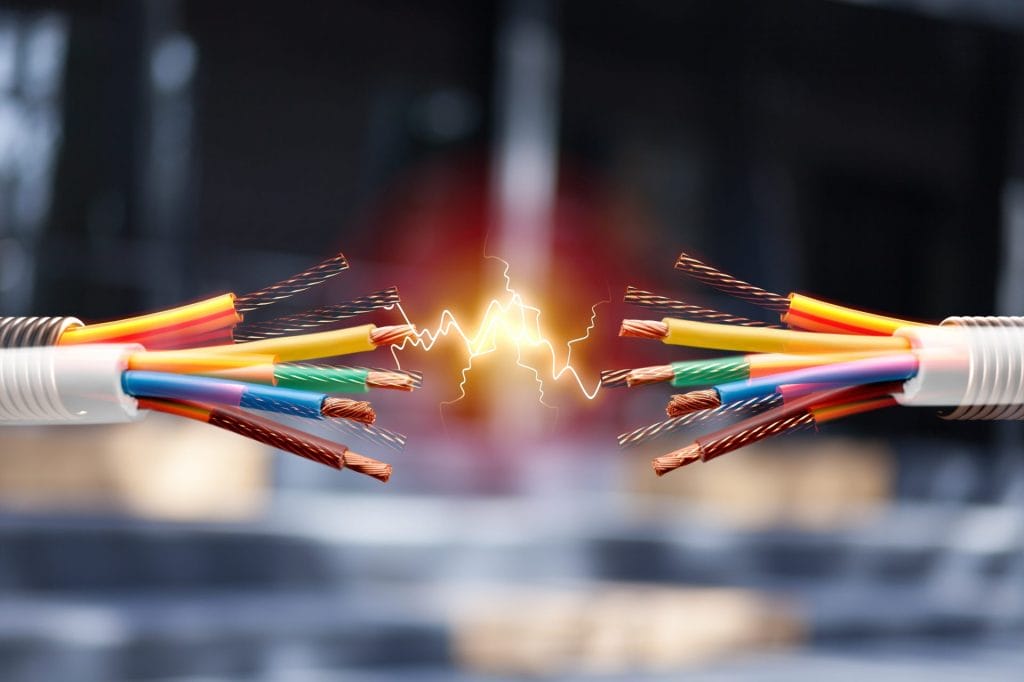
The wire and cable industry is a backbone of infrastructure, powering advancements in technology, energy, and connectivity. As we head into 2025, several key trends are shaping the future of the sector. These trends reflect innovation, sustainability, and the global demand for resilient and high-performance cabling solutions.
Electrification of Transportation
The surge in electric vehicles (EVs) and the expansion of EV charging infrastructure are significantly driving demand for specialized cables. High-performance cables designed to withstand heat, voltage, and outdoor conditions are essential for EV chargers, batteries, and electric powertrains.
Key Insight:
The global EV cable market is projected to grow at a CAGR of over 20% from 2023 to 2030, with increased adoption of EVs worldwide. Lightweight, high-voltage cables are becoming the standard to improve efficiency and reduce vehicle weight.
Growth in Renewable Energy Trends
As the world accelerates its transition to renewable energy, demand for high-voltage and durable cables is rising. Solar and wind farms, particularly offshore wind installations, require cables capable of withstanding harsh environments while maintaining efficiency over long distances.
Key Innovations:
- High-voltage direct current (HVDC) cables for energy transmission.
- Submarine cables to connect offshore wind farms to power grids.
Stat: The global market for renewable energy cables is expected to surpass $5 billion by 2030, fueled by projects like floating wind farms.
Rise of Fiber Optic Technology
The demand for faster internet and the rollout of 5G networks are boosting the fiber optic cable market. Fiber optic technology is crucial for high-speed data transmission in telecommunications, data centers, and smart cities.
Emerging Applications:
- Enhanced broadband services in rural areas.
- Fiber-to-the-home (FTTH) installations for ultra-fast internet.
Market Data: By 2025, global fiber optic cable consumption is expected to reach over 900 million kilometers annually.
Sustainability and Recycling
Environmental concerns are reshaping the wire and cable industry. Companies are adopting eco-friendly practices, such as using halogen-free, flame-retardant materials and developing recyclable cable products.
Key Developments:
- Green cable manufacturing processes: Reduced energy consumption and emissions during production.
- Recycling of copper and aluminum wires to lower waste.
Stat: Sustainable cables now account for nearly 30% of the total production in developed regions like Europe and North America.
Smart Homes and IoT Integration
The proliferation of smart homes and IoT devices is driving demand for specialized low-voltage cables to power sensors, automation systems, and connectivity. Shielded cables designed to reduce electromagnetic interference are essential for reliable performance in smart technologies.
Examples of Use Cases:
- Home automation systems like smart lighting, thermostats, and security systems.
- IoT-enabled factories using interconnected machinery and real-time data sharing.
Forecast: By 2025, the global market for IoT cables is expected to grow at a CAGR of 11.4%.
Digitalization and Automation in Manufacturing
The wire and cable industry itself is embracing Industry 4.0 practices. Automation and digitalization are enhancing production efficiency, reducing downtime, and improving product quality.
Examples:
- AI in quality control: Automated inspection for defects.
- Smart factories: Real-time monitoring of production lines through IoT sensors.
Impact: Companies adopting advanced manufacturing technologies report up to a 25% reduction in production costs.
Increased Demand for Fire-Resistant and Durable Cables Trends
Fire safety regulations and the need for durable, long-lasting materials are driving innovation in fire-resistant and halogen-free cables. These cables are critical for buildings, industrial facilities, and transportation systems where safety is paramount.
Key Innovations:
- Halogen-free, low-smoke cables.
- Enhanced insulation materials that withstand extreme temperatures and mechanical stress.
Market Driver: Infrastructure investments and construction of smart cities are pushing demand for these safety-oriented solutions.
Global Supply Chain Resilience
Another trend we will see changes in the supply chain. Supply chain disruptions during the pandemic exposed vulnerabilities in global wire and cable distribution. Companies are now focusing on creating more resilient and localized supply chains to reduce dependency on a single region or supplier.
Actions Being Taken:
- Increased investments in regional manufacturing facilities.
- Enhanced inventory management systems to prevent shortages.
Stat: Nearly 60% of wire and cable manufacturers report shifting some production closer to end markets to mitigate risks.
Miniaturization of Cables
The rise of compact and lightweight electronics drives growing demand for smaller, more efficient cables. Aerospace, wearable tech, and robotics now rely on miniaturized cables, prioritizing space-saving designs for optimal performance.
Technological Advancement:
Hybrid cables that combine power, data, and signal transmission in a single, compact design.
Example: Miniature cables for drones and satellites are engineered to be lightweight while maintaining performance in extreme conditions.
Focus on Emerging Markets
The wire and cable industry is experiencing rapid growth in emerging markets like India, Southeast Asia, and Africa, driven by investments in infrastructure, energy, and telecommunications.
Opportunities in Emerging Markets:
- Expanding power grids and rural electrification programs.
- Investments in smart city projects and fiber optic connectivity.
Stat: India’s wire and cable market is projected to grow at a CAGR of 12% from 2023 to 2028, outpacing many other regions.
Conclusion
Advancements in technology, sustainability, and infrastructure are propelling the wire and cable industry toward dynamic growth in 2025. Consequently, staying ahead of these trends will enable companies to remain competitive while effectively meeting the evolving demands of industries worldwide. Furthermore, from renewable energy to smart homes, the opportunities continue to expand, and the resulting innovations are actively shaping the future of connectivity.
